Jacob Riis Exhibition at The Museum of the City of New York Through March 2016
The Museum of the City of New York presents Jacob A. Riis: Revealing New York’s Other Half, a one-of-a-kind retrospective of the city’s most famous social reformer and pioneer of photojournalism. Riis was the first to use flash photography, a nascent technology, for a social purpose – to reveal the squalid living conditions of the poor to…
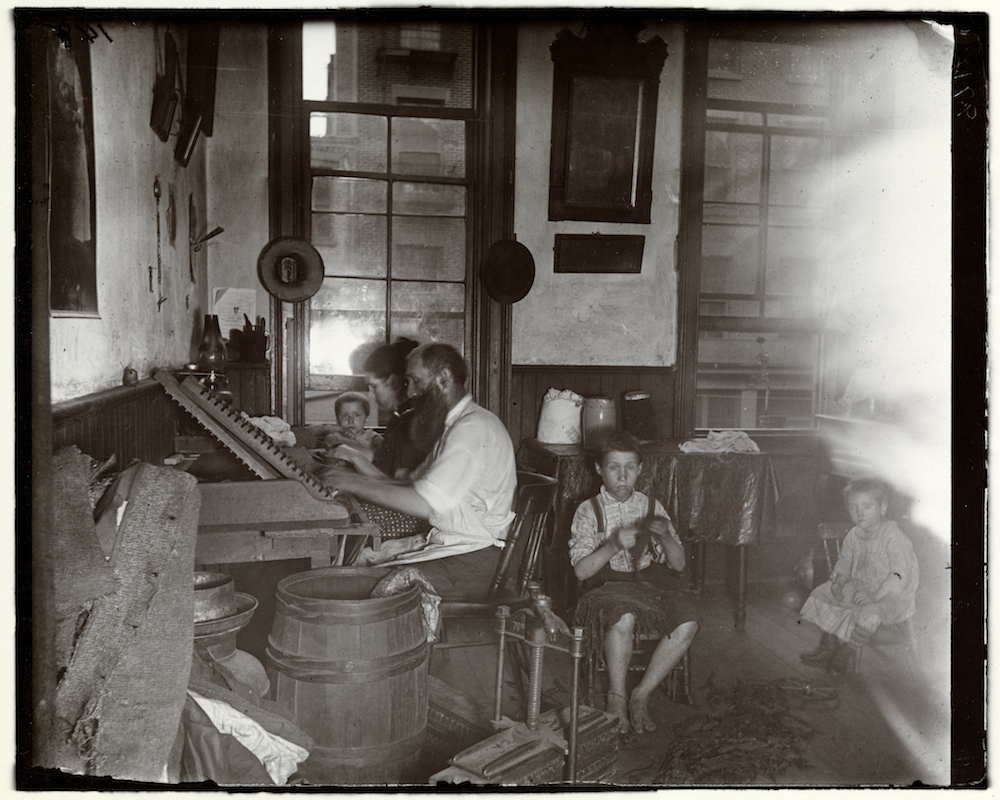
The Museum of the City of New York presents Jacob A. Riis: Revealing New York’s Other Half, a one-of-a-kind retrospective of the city’s most famous social reformer and pioneer of photojournalism. Riis was the first to use flash photography, a nascent technology, for a social purpose – to reveal the squalid living conditions of the poor to New York’s middle and upper classes, and to galvanize action on their behalf.
His 1890 book, How the Other Half Lives: Studies Among the Tenements of New York, his articles as a reporter, and his illustrated lectures of the slums here and throughout the country prompted fellow reformer Theodore Roosevelt to call Riis “New York’s most useful citizen.”
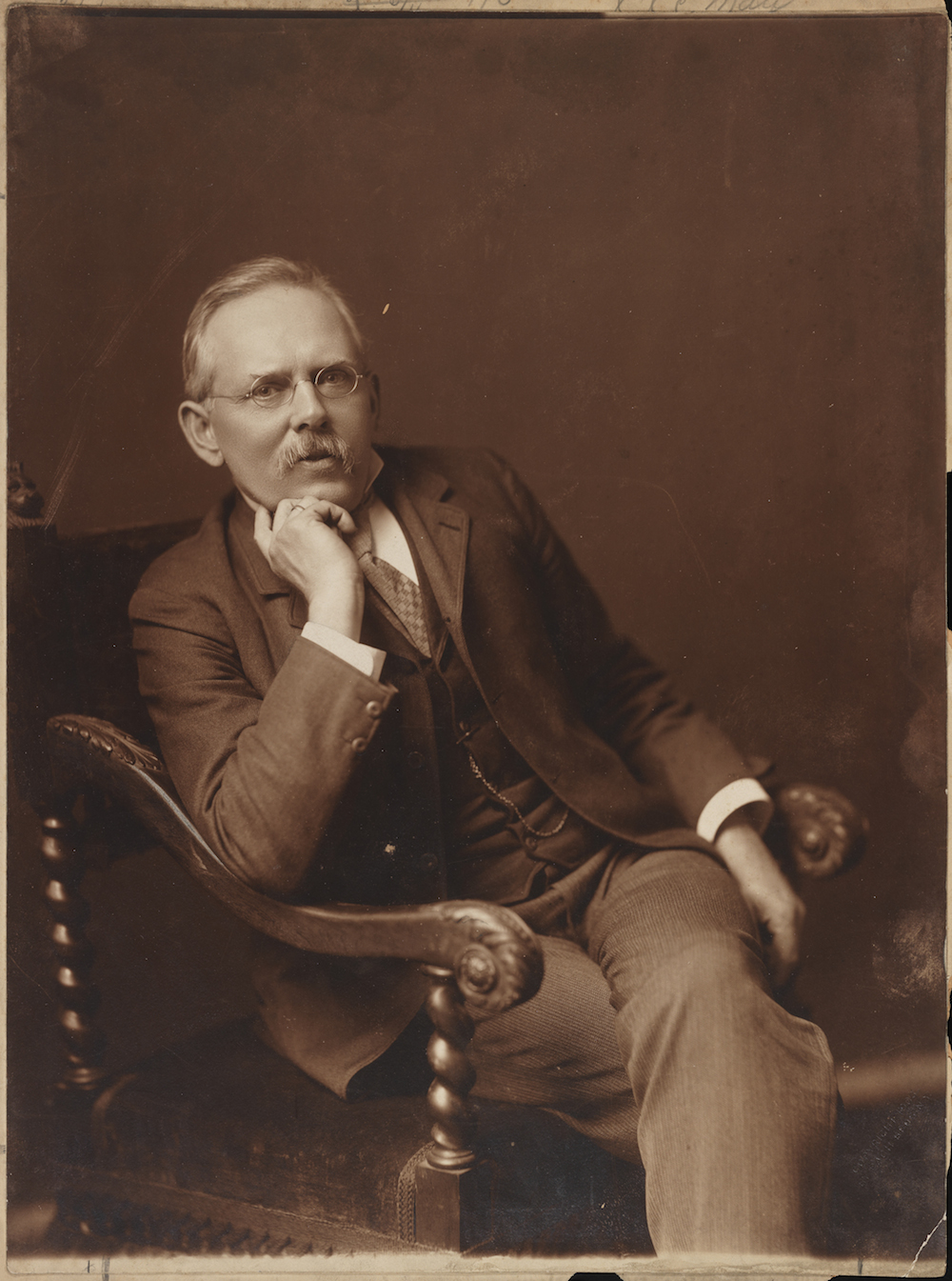 Jacob A. Riis
Jacob A. Riis
Born in Denmark in 1849, Riis came to New York City in 1870 and for several years experienced poverty firsthand. He was hired as a police reporter in 1877 for the New York Tribune and wrote about crime, disaster, and misfortune in the tenements, until 1884, when he turned his attention to housing reform.
Riis became a national spokesman for the immigrant poor of American cities with the publication of the bestselling How the Other Half Lives. He deftly entertained and educated his audience with stories and images advocating for advances in housing, education, immigration policy and public health until his death in 1914.
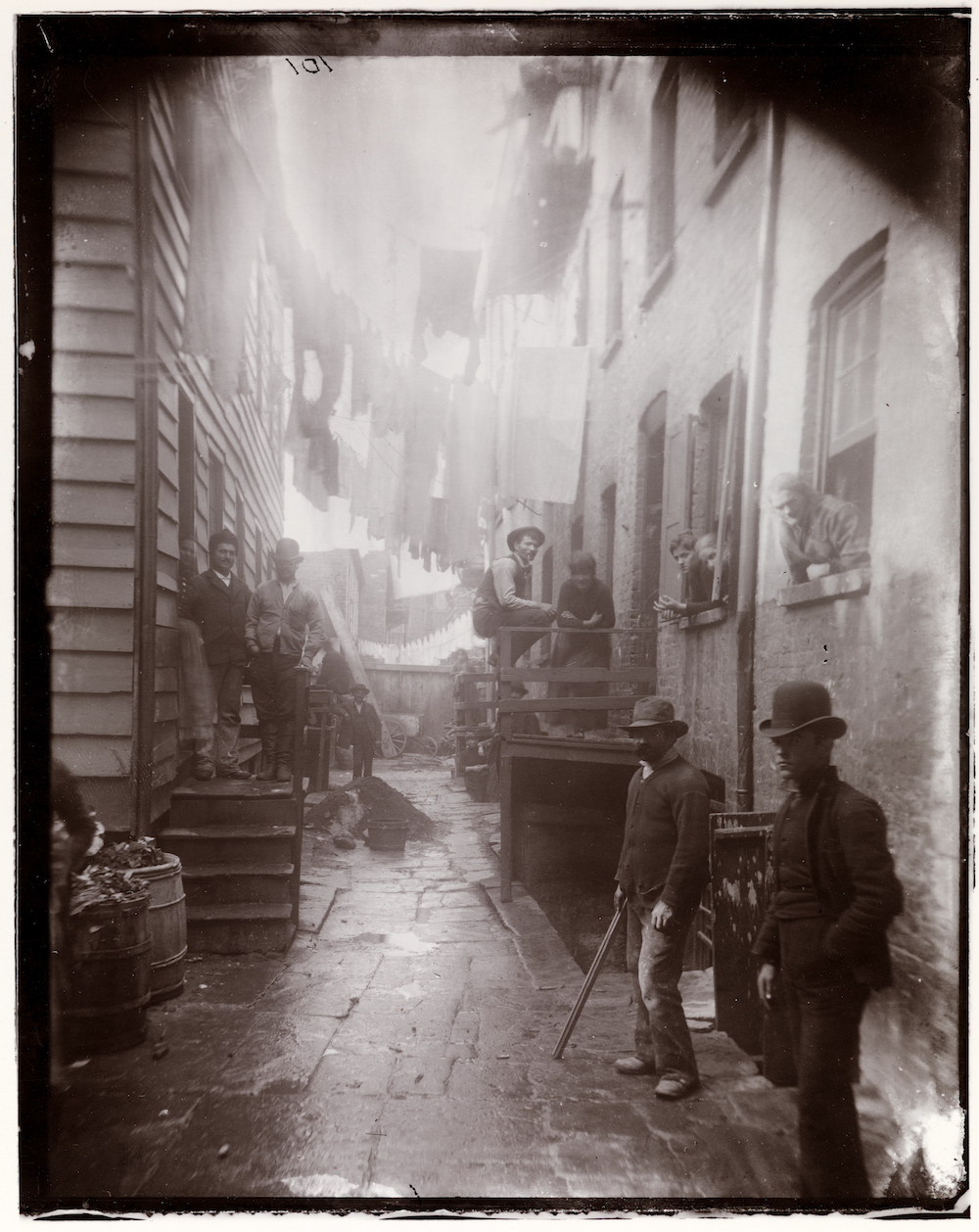 Bandit’s roost
Bandit’s roost
Revealing New York’s Other Half is the first major retrospective of Riis’ photography in the United States in well over 50 years. Visitors to the exhibition will experience a recreation of Riis’ famous and innovative lantern slide lecture “How the Other Half Lives,” which will provide the potent experience of viewing the photographs as contemporary audiences once did.
It unites for the first time the City Museum’s Jacob A. Riis Collection of Photographs–the world’s largest archive of Riis’ images–with the Jacob A. Riis Papers from the Library of Congress and the New York Public Library. With photographs and letters, scrapbooks, manuscripts, and printed materials, the exhibition presents Riis’ career in full.
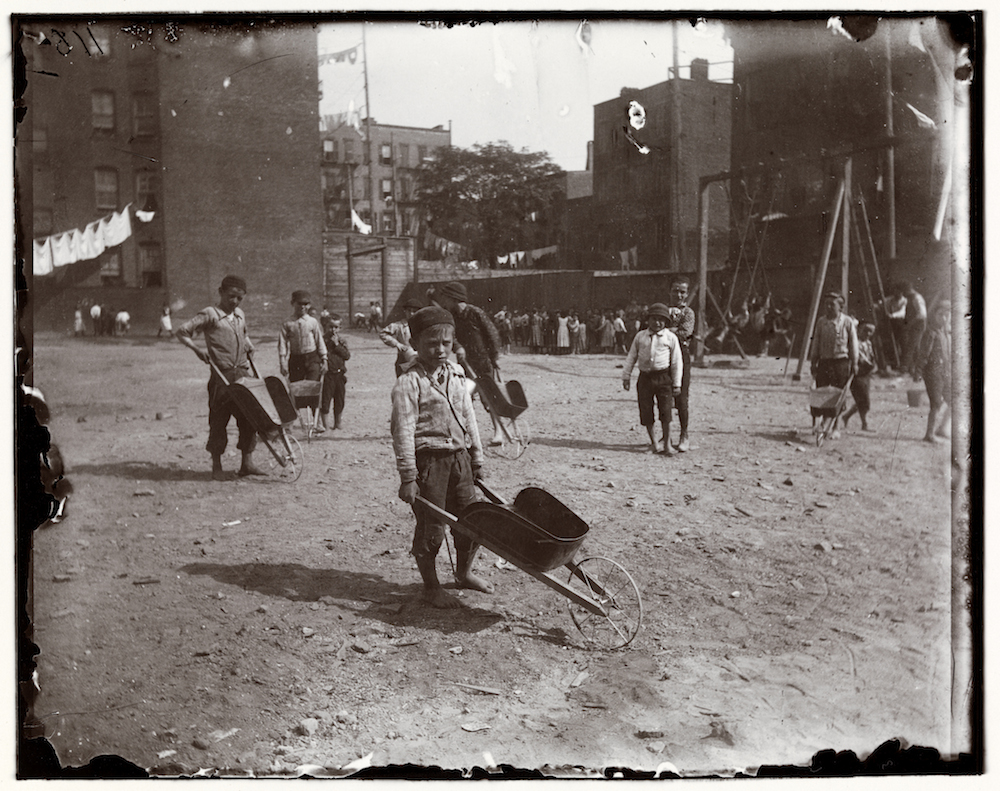 Children’s playground in poverty gap
Children’s playground in poverty gap
“With this exhibition we seek to define Jacob Riis and illustrate why his life and work resonated so deeply across the five boroughs and the entire country,” says Susan Henshaw Jones, Ronay Menschel Director of the Museum of the City of New York. “One hundred years after his death, inequality remains an essential aspect of American life, and the story of Jacob Riis needs to be remembered. The City Museum is proud to illuminate his works and the man behind them once more.”
Revealing New York’s Other Half is divided into six sections that focus on various aspects of Riis’ life, work, and legacy and is curated by Bonnie Yochelson, art historian and former Curator of Prints and Photographs at the Museum of the City of New York.
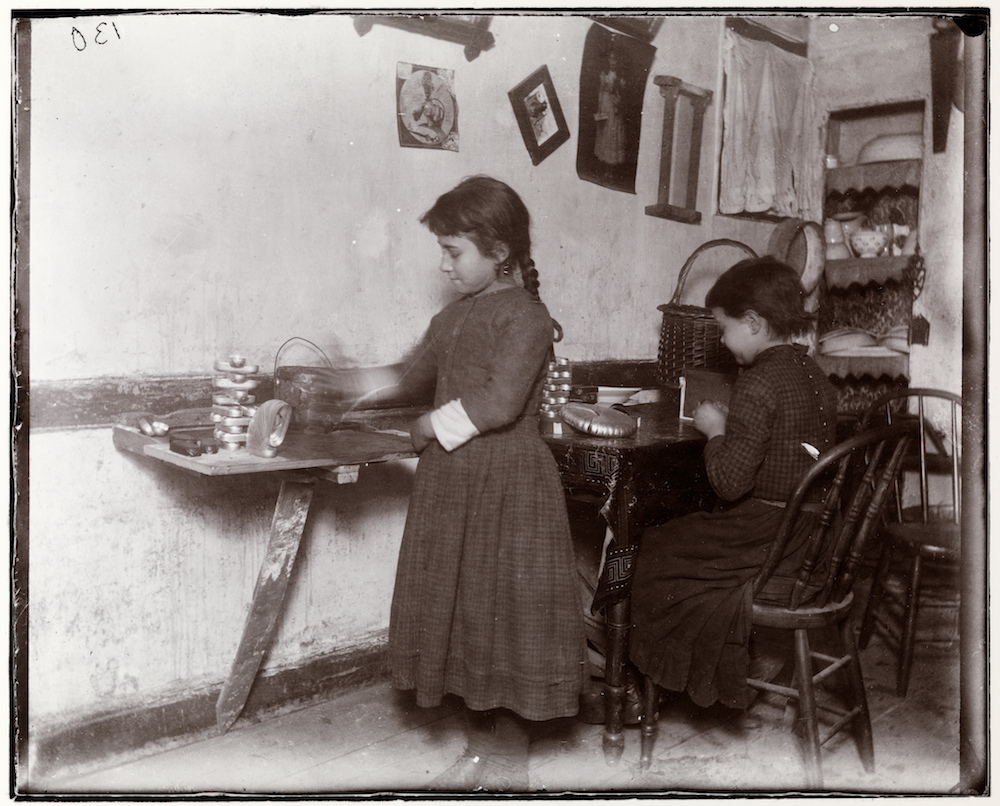 Little Susie at her work
Little Susie at her work
“Jacob Riis had a tremendous impact on society, photography, and the history of New York City,” says Yochelson. “His work deserves to be revisited for its combination of historical importance and its ongoing relevance today. As our city and our nation continue to struggle with inequality and its effects, this exhibition enables visitors to understand the story of the man who first illustrated life in New York City slums in the 19th century, providing a unique lens for viewing a present day issue.”
Riis’ photos made such an impact because they never failed to deeply shock his audience and demand their attention; the exhibition seeks to offer a similar experience, as his photos have lost none of their dramatic effect.
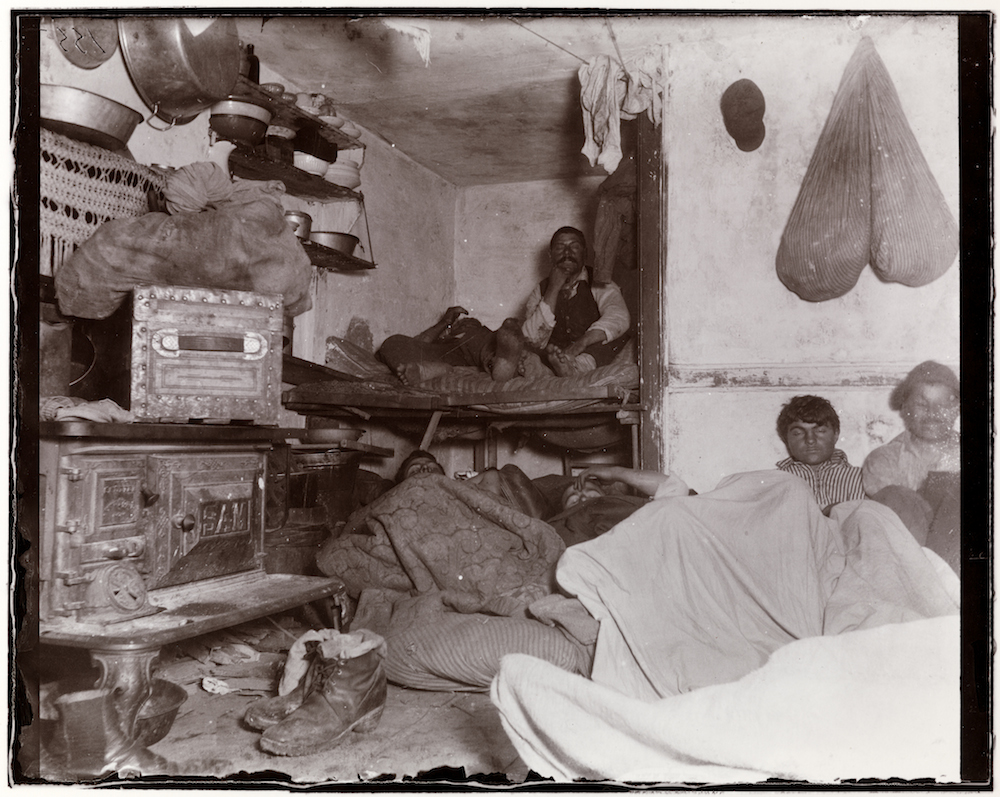 Lodgers in a crowded Bayard Street tenement – “Five cents a spot”
Lodgers in a crowded Bayard Street tenement – “Five cents a spot”
Revealing New York’s Other Half features over 125 objects including Riis’ personal papers, his many books, selections from his newspaper and magazine writing, handwritten manuscripts, and photography equipment, along with photographs taken and collected by Riis himself.
In addition, 50 Riis photographic images will be on display, including vintage photographic prints, lantern slides, glass negatives, stereographs and more. Significant items on display include correspondence with Riis’ close friend Theodore Roosevelt on White House stationery, fundraising correspondence with Louise and Andrew Carnegie, and a Riis letter to humanitarian and author Lillian Wald.
The Jacob A. Riis Revealing New York’s Other Half exhibition is on view through March 20, 2016, and you can purchase tickets here.
All photos by Museum of the City of New York.

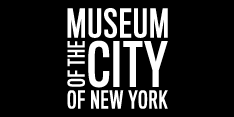
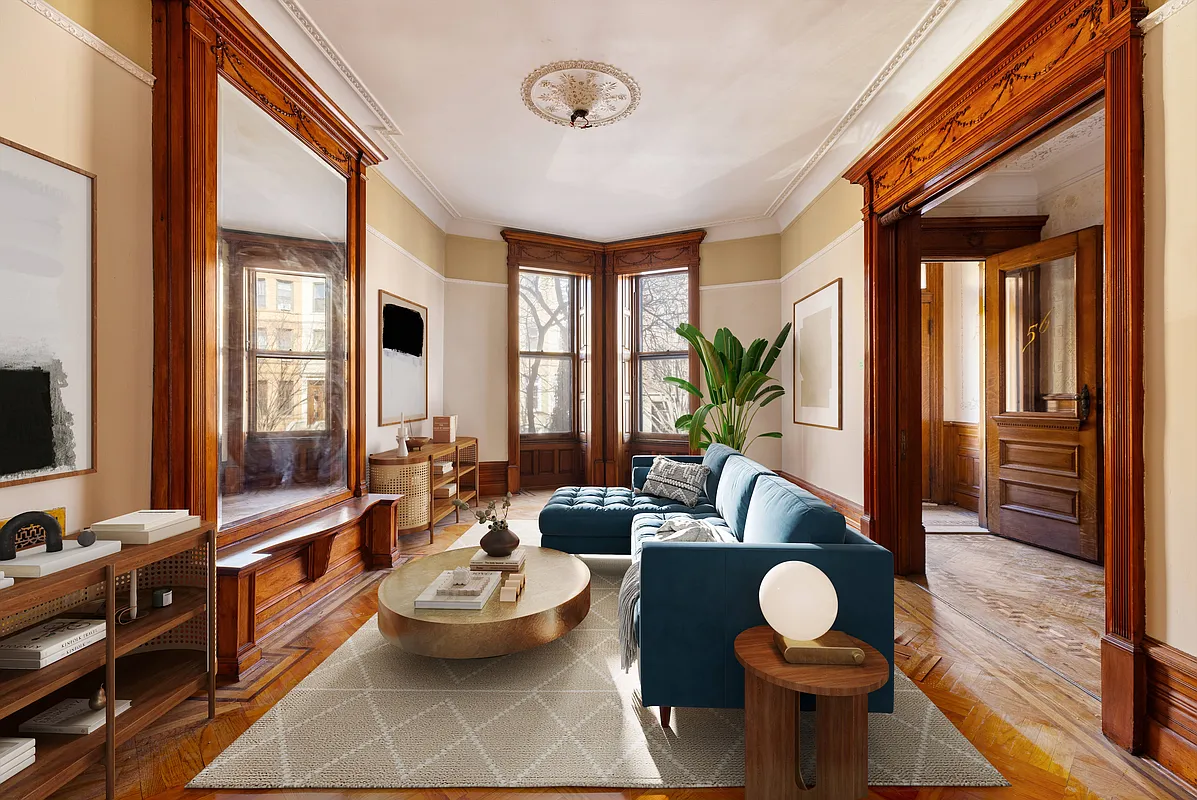
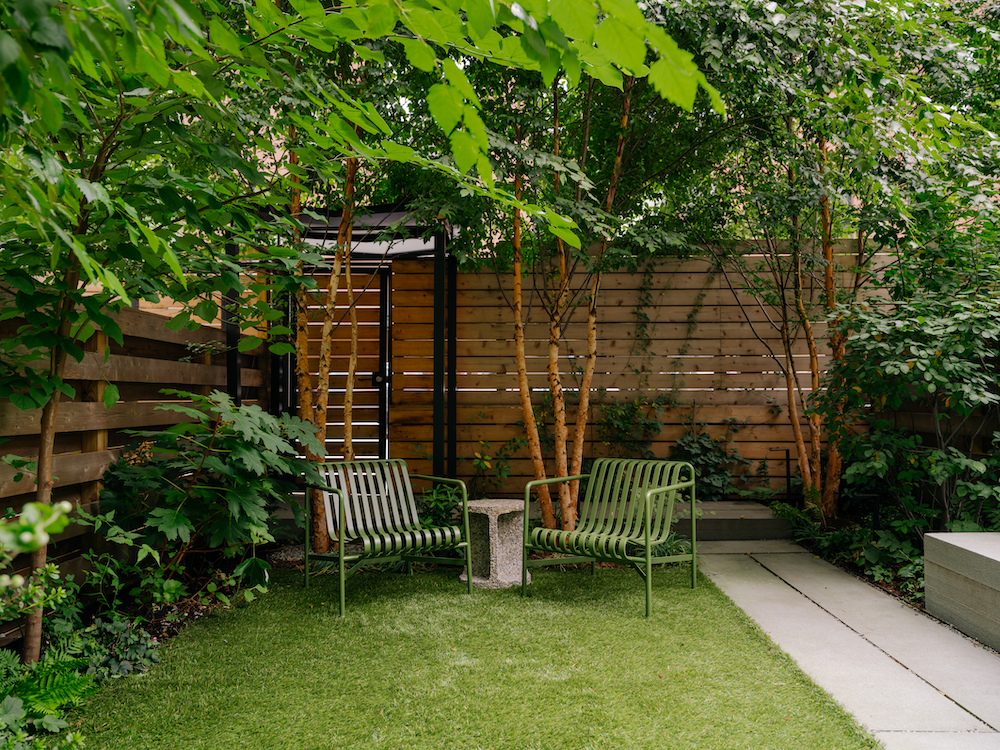
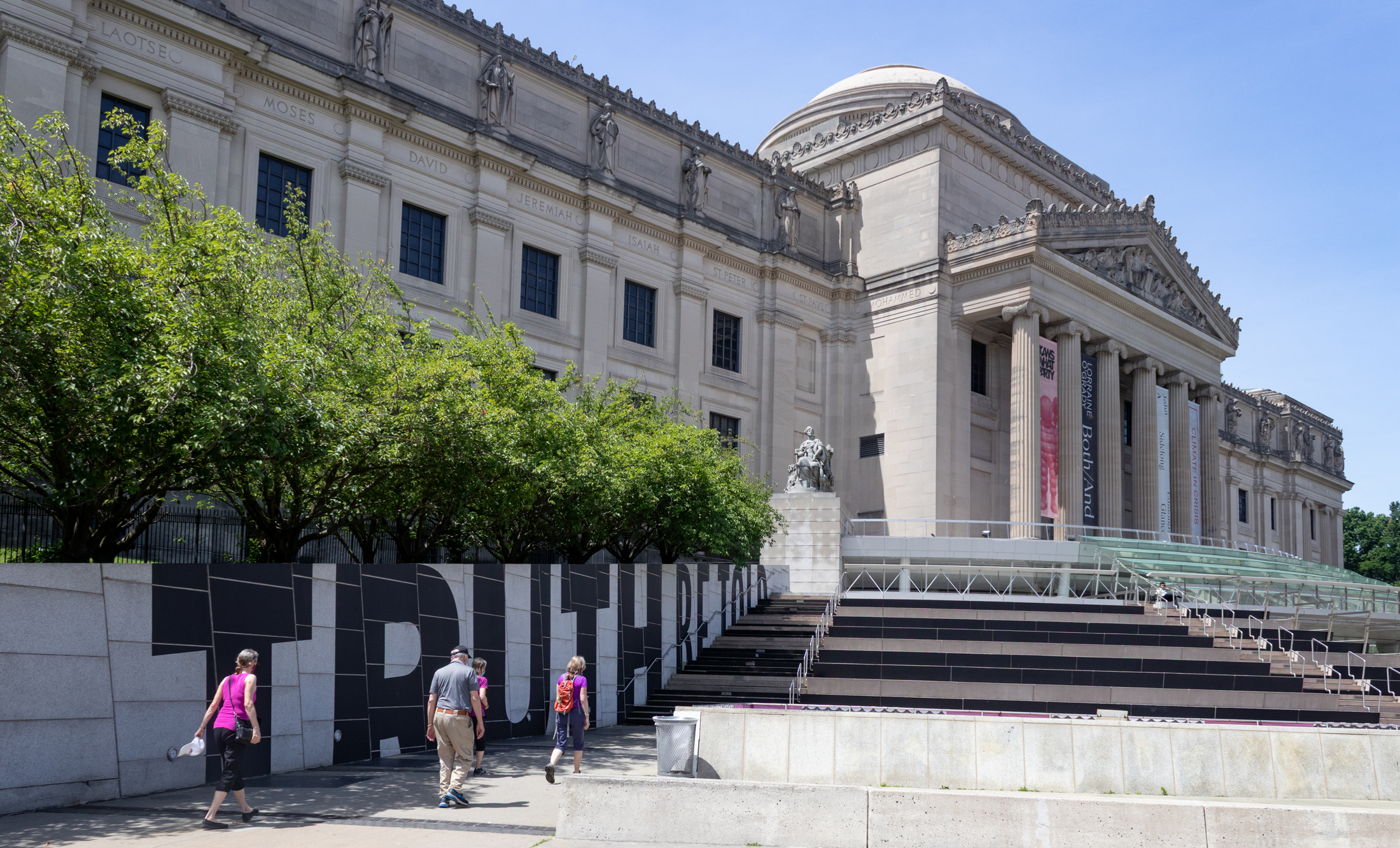
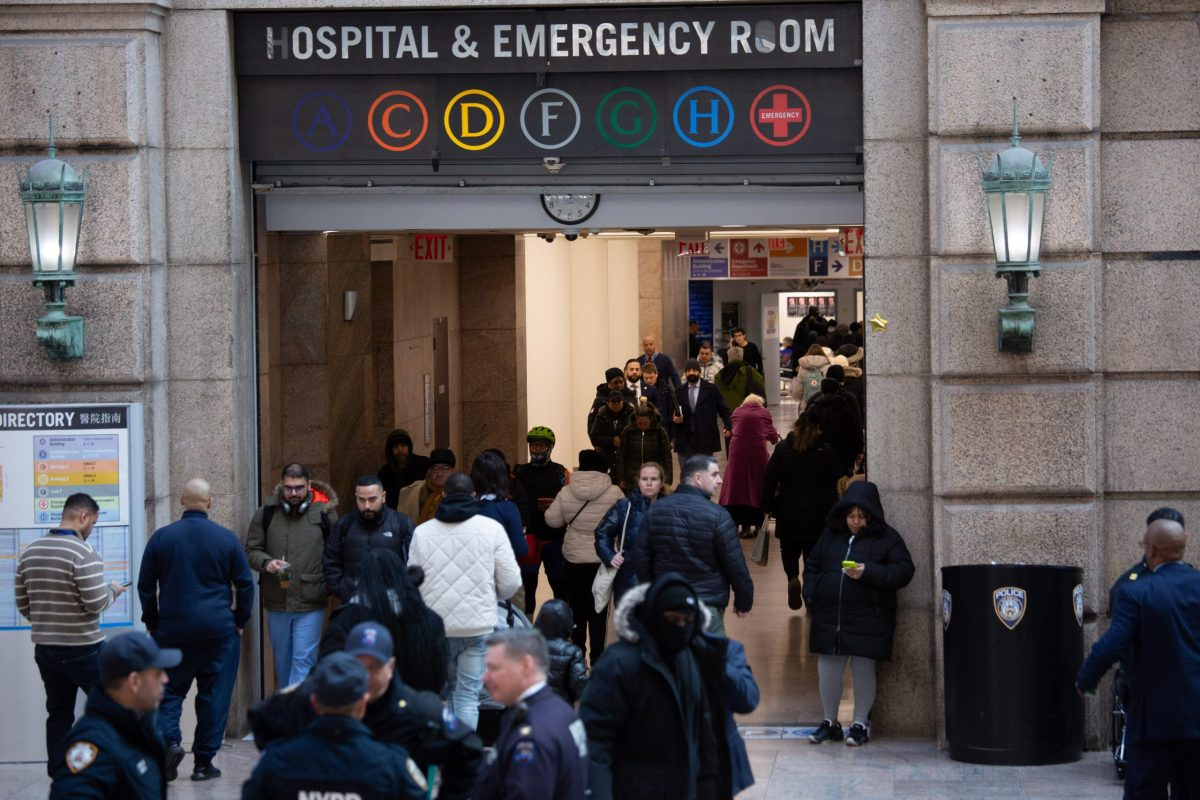




Comments